10 Best Herbal Teas For Leg Cramps

Herbal teas can be a natural and soothing remedy for leg cramps, offering a caffeine-free alternative to traditional pain relief.
Chamomile tea is particularly effective due to its calming properties and ability to relax muscle tissues. Other beneficial herbs include peppermint, which can help reduce muscle tension, and ginger, known for its anti-inflammatory and warming effects. Drinking a cup of these herbal teas before bedtime may help prevent nighttime leg cramps by promoting relaxation and improving circulation.
Incorporating herbal teas into a daily routine can be a simple and enjoyable way to support muscle health and overall well-being.
FREE Herb Drying Checklist
How to make sure every batch retains maximum flavor, color, and aroma without the risk of mold or over-drying. Eliminate guesswork and trial-and-error, making herb drying faster, easier, and more efficient every time.
Table of Contents
1. Valeriana officinalis
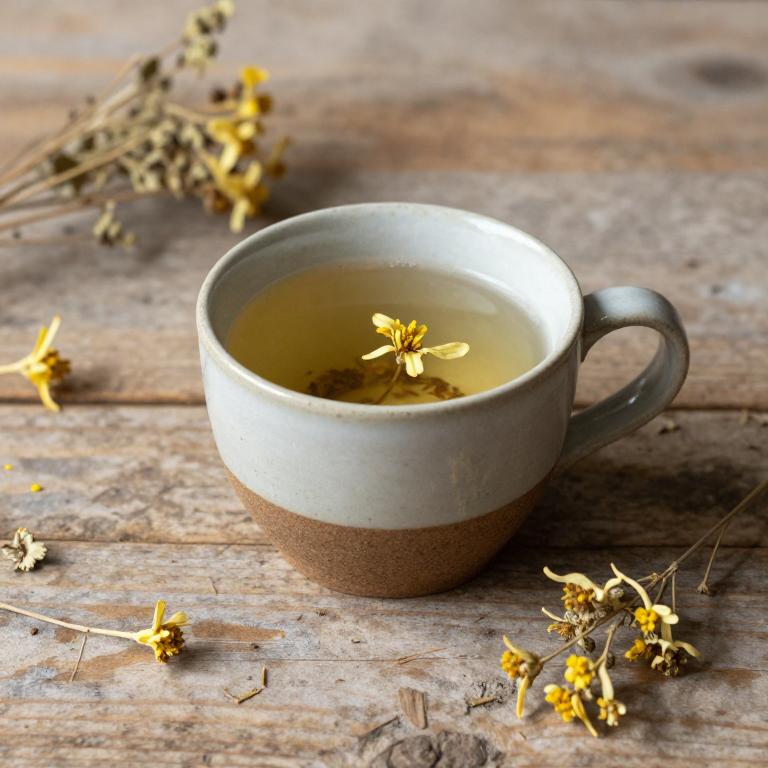
Valeriana officinalis, commonly known as valerian, is a traditional herbal remedy that has been used for centuries to promote relaxation and improve sleep.
Its calming properties are believed to be due to the presence of compounds such as valerenic acid and isol valerenic acid, which may influence the central nervous system. Herbal teas made from valerian root are often consumed to alleviate symptoms of stress, anxiety, and insomnia, which can indirectly help reduce the frequency of leg cramps. While scientific evidence on its effectiveness for leg cramps is limited, some studies suggest that valerian may help with muscle relaxation and reduce spasms.
As with any herbal remedy, it is advisable to consult a healthcare professional before use, especially for individuals with existing medical conditions or those taking other medications.
2. Urtica dioica
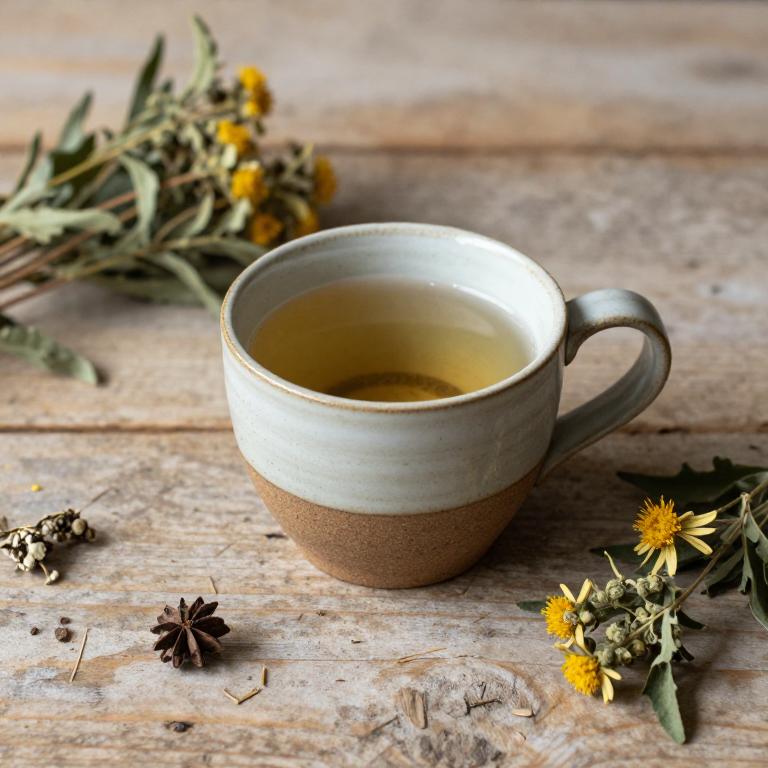
Urtica dioica, commonly known as stinging nettle, is a plant that has been traditionally used in herbal medicine for its potential health benefits.
When brewed into a tea, urtica dioica may help alleviate leg cramps due to its high concentration of minerals such as calcium, magnesium, and potassium, which are essential for muscle function. The anti-inflammatory and diuretic properties of stinging nettle tea may also contribute to reducing muscle tension and promoting overall circulation. However, it is important to consult with a healthcare professional before using this herb, especially for individuals with kidney issues or those taking medications.
While some people find relief from leg cramps with urtica dioica tea, more research is needed to fully understand its efficacy and safety.
3. Glycyrrhiza glabra
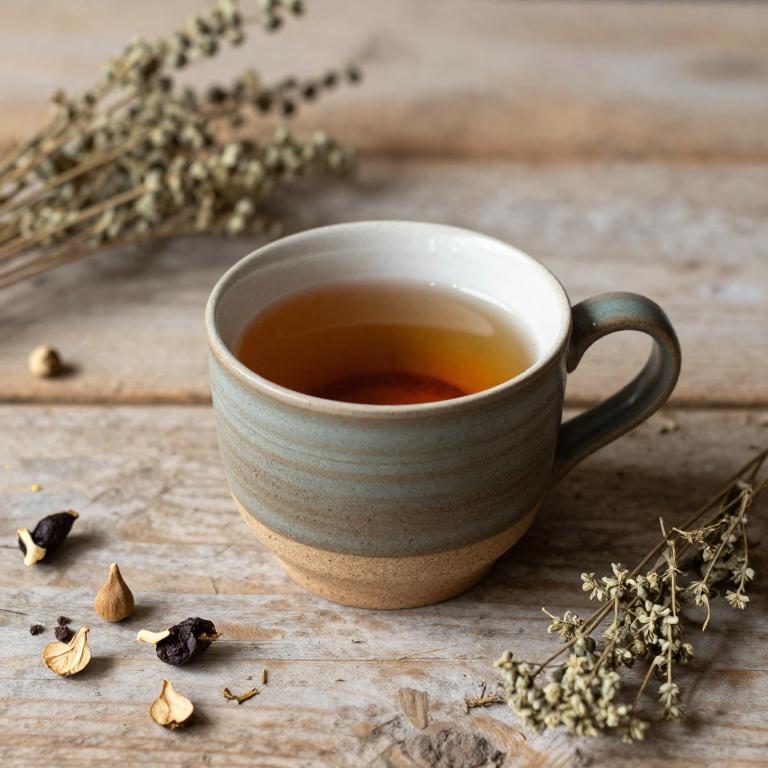
Glycyrrhiza glabra, commonly known as licorice root, has been traditionally used in herbal medicine for its potential benefits in alleviating leg cramps.
This herb contains compounds like glycyrrhizin and flavonoids, which may help reduce inflammation and muscle spasms. When brewed into a tea, licorice root can provide a mild sedative effect, promoting relaxation of the muscles and easing cramp symptoms. However, it is important to note that excessive consumption of licorice root tea can lead to side effects such as increased blood pressure due to its high potassium content.
As with any herbal remedy, it is advisable to consult a healthcare professional before using licorice root tea for leg cramps, especially for individuals with pre-existing health conditions.
4. Rosmarinus officinalis

Rosmarinus officinalis, commonly known as rosemary, is a popular herb used in herbal teas to help alleviate leg cramps due to its anti-inflammatory and muscle-relaxing properties.
The essential oils in rosemary, particularly camphor and rosmarinic acid, are believed to improve circulation and reduce muscle tension, which can ease the discomfort of cramps. When brewed into a tea, rosemary can be consumed warm to provide soothing relief and promote overall muscle health. It is often combined with other calming herbs like ginger or peppermint to enhance its effectiveness.
However, it is important to consult a healthcare professional before using rosemary tea, especially for individuals with certain medical conditions or those taking medications.
5. Mentha piperita
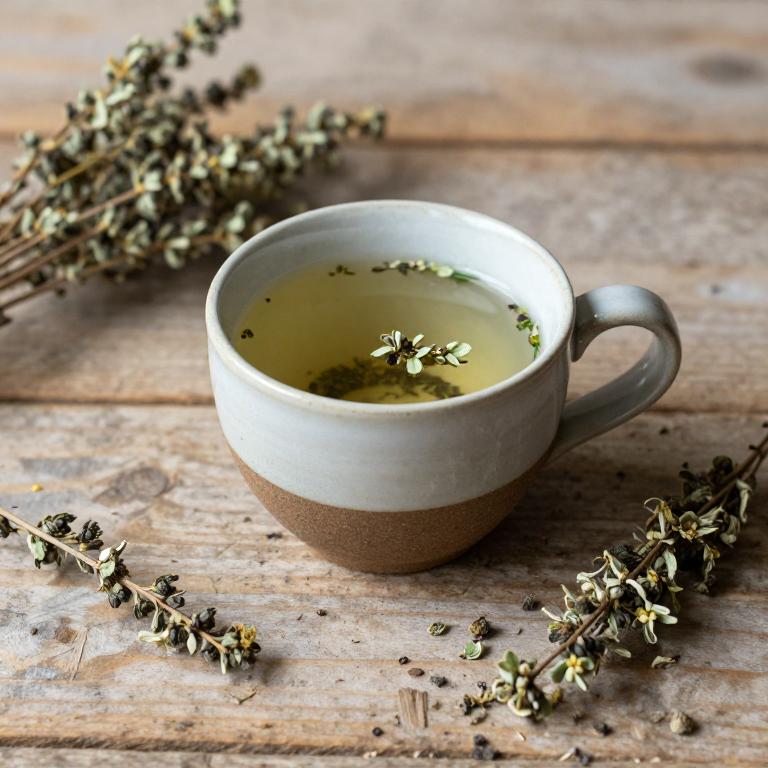
Mentha piperita, commonly known as peppermint, is often used in herbal teas to alleviate leg cramps due to its calming and muscle-relaxing properties.
The essential oils in peppermint contain menthol, which can help reduce muscle tension and increase blood flow, promoting relief from cramps. Drinking peppermint tea may also help ease the discomfort associated with restless leg syndrome and other conditions that cause nighttime leg cramps. It is typically prepared by steeping fresh or dried peppermint leaves in hot water for several minutes.
While generally safe for most people, it is advisable to consult a healthcare professional before using peppermint tea, especially for those with certain medical conditions or who are pregnant.
6. Equisetum arvense
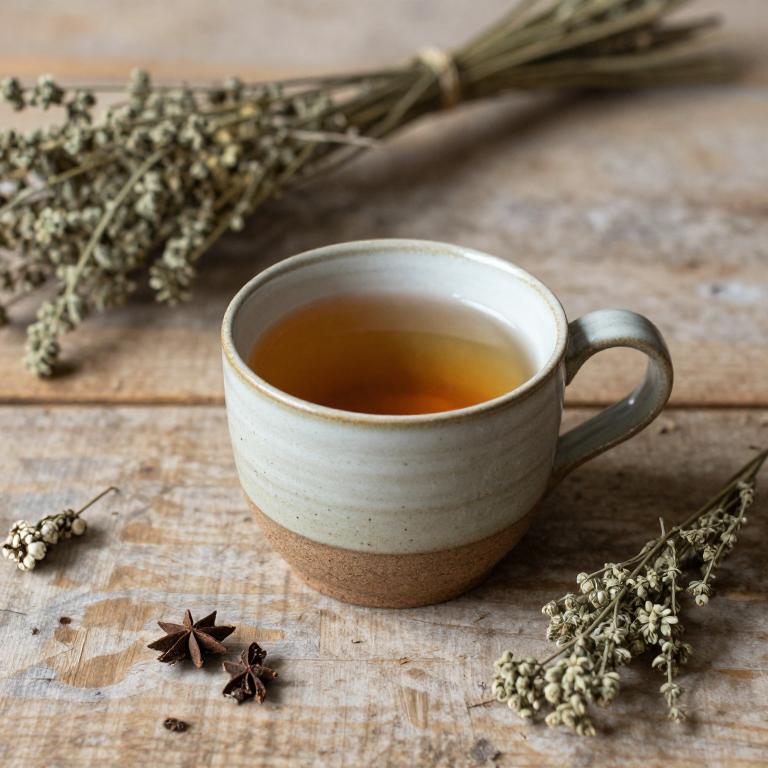
Equisetum arvense, commonly known as horsetail, is a traditional herbal remedy that has been used for centuries to alleviate symptoms such as leg cramps.
This plant is rich in silica, which is believed to strengthen connective tissues and improve circulation, potentially reducing the frequency and intensity of cramps. When prepared as a herbal tea, equisetum arvense can be consumed regularly to support muscle health and prevent cramp-related discomfort. However, it is important to note that while some studies suggest its efficacy, more research is needed to confirm its benefits for leg cramps.
As with any herbal remedy, it is advisable to consult a healthcare professional before incorporating equisetum arvense into your routine, especially if you are taking other medications or have underlying health conditions.
7. Achillea millefolium
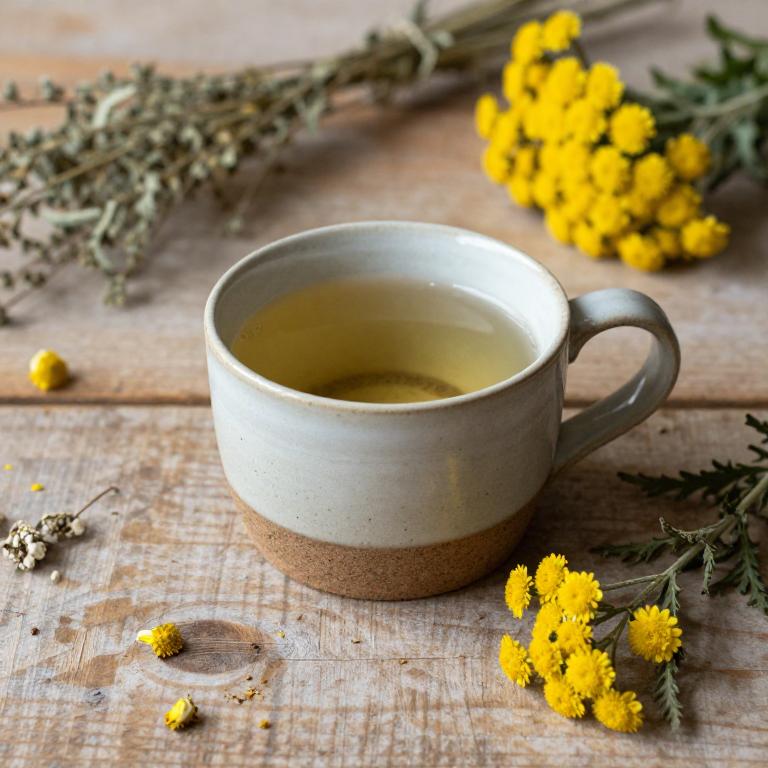
Achillea millefolium, commonly known as yarrow, is a herb that has been traditionally used for its medicinal properties, including its potential to alleviate leg cramps.
When brewed into a herbal tea, yarrow may help reduce muscle spasms and promote relaxation due to its mild sedative and anti-inflammatory effects. The tea is often consumed warm, allowing the body to absorb its nutrients and compounds that support muscle function. While not a substitute for medical treatment, yarrow tea can be a natural complement to a holistic approach for managing occasional leg cramps.
However, it is important to consult with a healthcare provider before using it, especially for individuals with existing health conditions or those taking medications.
8. Piper nigrum
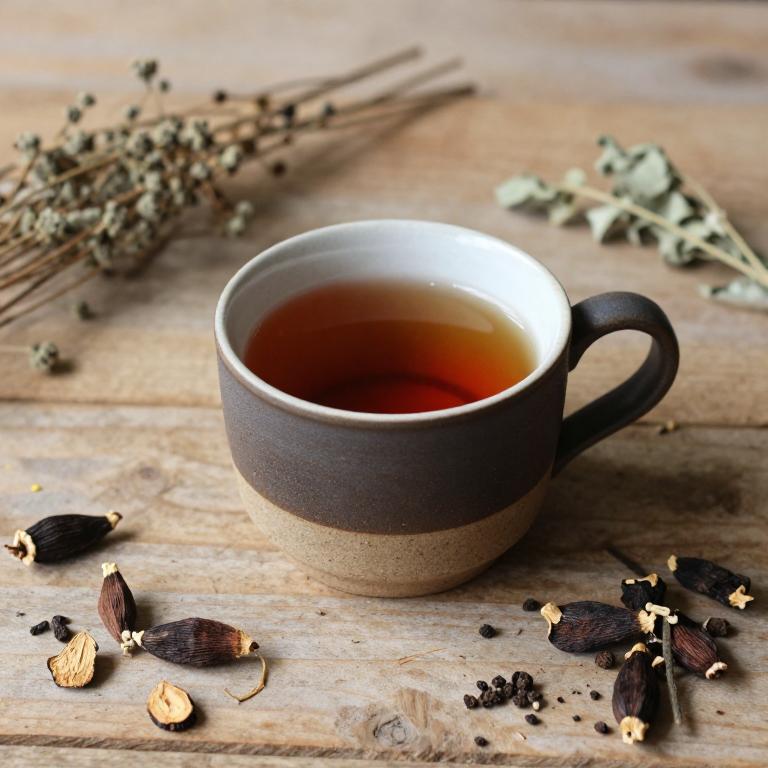
Piper nigrum, commonly known as black pepper, is often used in herbal teas to help alleviate leg cramps due to its potential anti-inflammatory and circulatory benefits.
The active compound in black pepper, piperine, may enhance blood flow and reduce muscle tension, which can contribute to easing cramp symptoms. While not a direct muscle relaxant, the warming properties of black pepper tea may help soothe sore or cramped muscles. Some individuals find that drinking black pepper tea regularly can provide mild relief from recurring leg cramps, especially when combined with other herbal ingredients like ginger or cinnamon.
However, it is important to consult a healthcare professional before using black pepper tea as a treatment, especially for persistent or severe cramps.
9. Echinacea purpurea
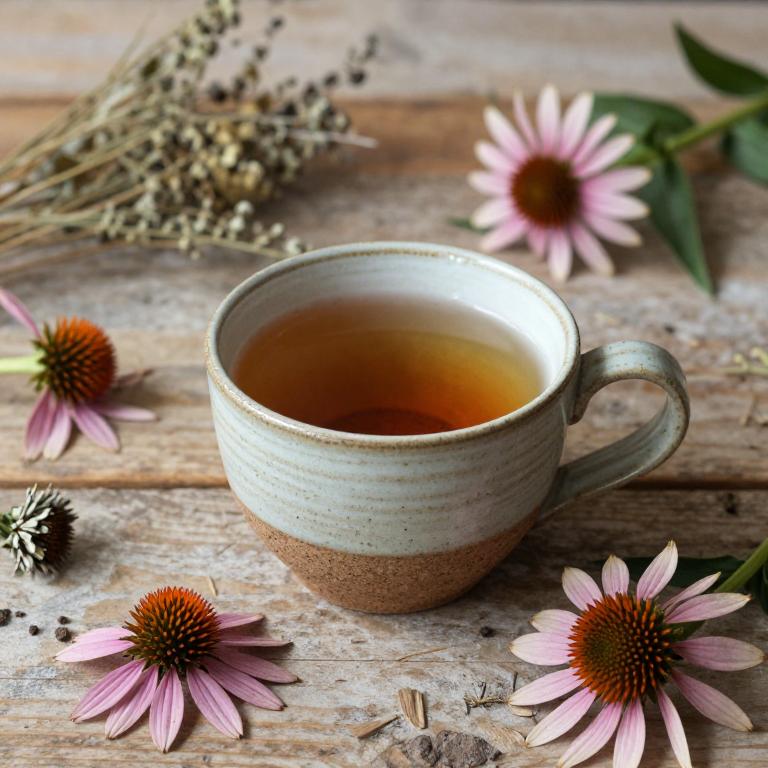
Echinacea purpurea, commonly known as purple coneflower, is a popular herbal remedy often used to support immune function, but it has also been explored for its potential benefits in alleviating leg cramps.
While scientific evidence directly linking echinacea to relief of leg cramps is limited, some studies suggest that its anti-inflammatory and muscle-relaxing properties may help reduce muscle spasms and discomfort. Herbal teas made from echinacea are typically prepared by steeping dried flowers or leaves in hot water, and they can be consumed regularly to potentially support muscle health. However, it is important to consult with a healthcare provider before using echinacea, especially for individuals with allergies or those taking medications.
Overall, while echinacea may offer some supportive benefits, it should not replace conventional treatments for chronic leg cramps.
10. Cannabis sativa
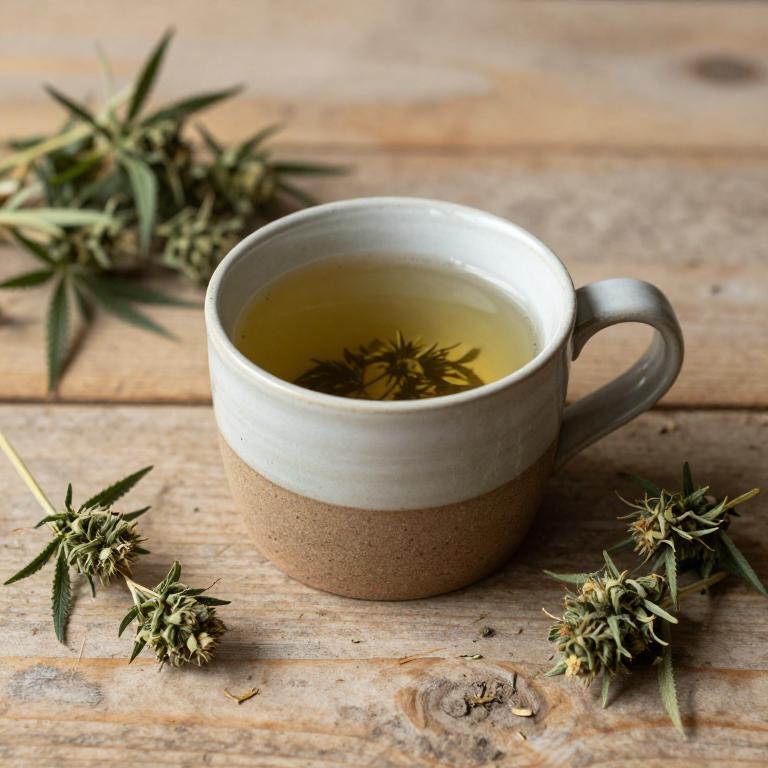
Cannabis sativa herbal teas have gained attention for their potential to alleviate leg cramps due to the presence of cannabinoids like CBD, which may help reduce muscle spasms and inflammation.
These teas are typically made by steeping dried cannabis leaves or flowers in hot water, allowing the active compounds to infuse into the liquid. While CBD is non-psychoactive and generally considered safe, it is important to note that the legal status and potency of cannabis products can vary significantly by region. Some individuals report relief from nighttime leg cramps after consuming these teas, though more research is needed to fully understand their efficacy and safety.
As with any herbal remedy, it is advisable to consult a healthcare professional before incorporating cannabis sativa tea into a treatment regimen for leg cramps.